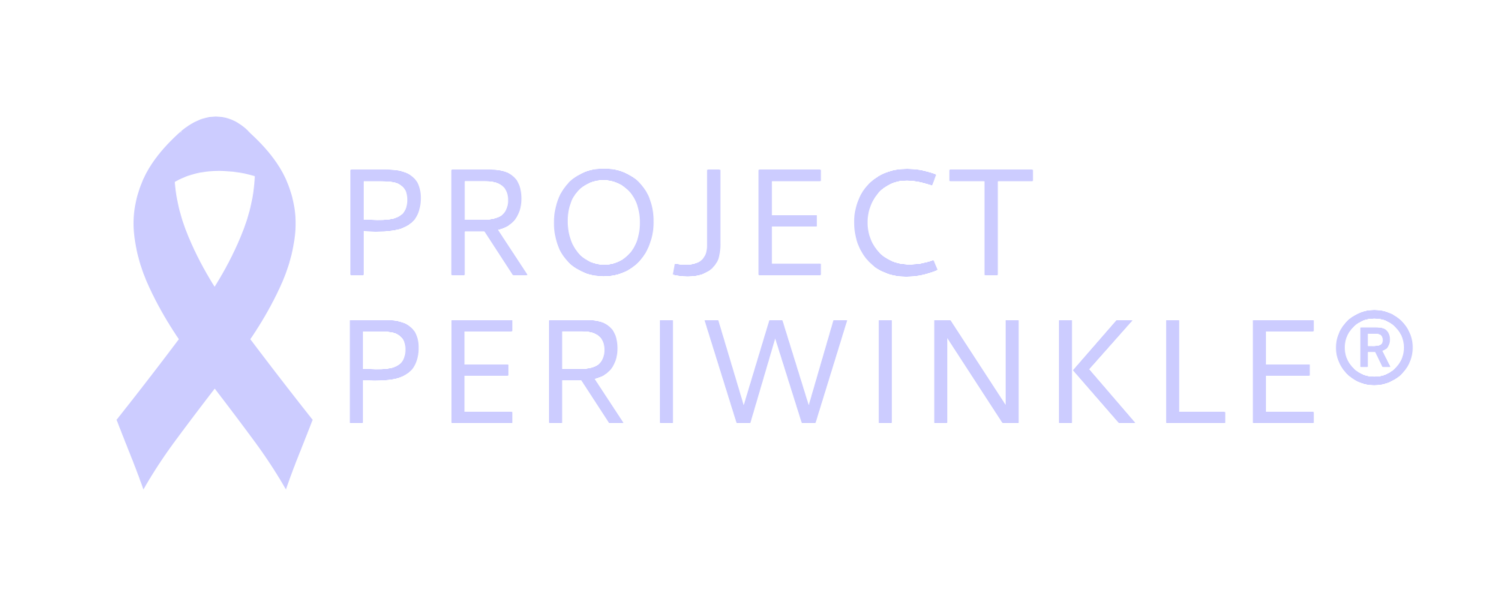
Funding Innovation
Impact & Results
We are so proud to be able to show those who support Project Periwinkle what their contributions have done, well after a check presentation and program funding. Project Periwinkle has supported work at The University of Texas MD Anderson since 2019, with 4 program fundings, reflecting 57% of our program support throughout our history (program count). This is a look at an impact report showcasing the incredible things we have made possible, from 2025
Research Projects in Value: the best cancer treatments that not only provide longer survival, but also maintain good or excellent quality of life.
An international study with 64 patients focused on proximal gastrectomy with a unique primary outcome around appetite level. This study was presented at the International Gastric Cancer Congress in May 2025 in Amsterdam, Netherlands.
Measuring patients’ quality of life to better deliver patient-centered care with a validation study consisting of 170 patients who underwent upper gastrointestinal surgery.
Patient-centered Value Analyses of Robotic Pancreatectomy and Gastrectomy where factors such as the complete removal of cancer cells, the length of the incision, and the ability for patients to return to normal life are all prioritized.
Innovation in robotic surgeries with the accelerating technological growth in the field of robotic surgery, with new advancements rapidly reshaping the way surgeons approach complex surgical procedures.
Development of Molecular-Targeted Fluorescent Agent for Pancreatic Neuroendocrine Tumor (pNET): During robotic pancreatectomy, these tumors can be difficult to detect, risking incomplete resections or excessive removal of healthy tissue. A novel fluorescent agent targets SSTR2 and “light up” under fluorescence imaging, guiding surgeons to achieve more precise margins and improved outcomes.
Robotic and endoscopic surgical platforms lack a sense of touch for surgeons, which can lead to missed tumors or injuries from excessive pressure. We supported the development of a robotic haptics probe that quantifies tumor shape and stiffness, enabling more accurate treatment stratification and better cancer detection during robotic surgery and endoscopies.
Developing an AI model that can identify phases of pancreatectomy with over 90% accuracy, and now a model to annotate critical anatomical structures. These models represent the first steps toward fully automated surgery. In addition, working on a second AI model to accurately recognize critical anatomical structures around the pancreas. These models are expected to help intraoperative guidance for surgeons, and give feedback to them for accelerated learning of robotic surgery skills, with an overarching goal to help patients’ recovery in the future.
